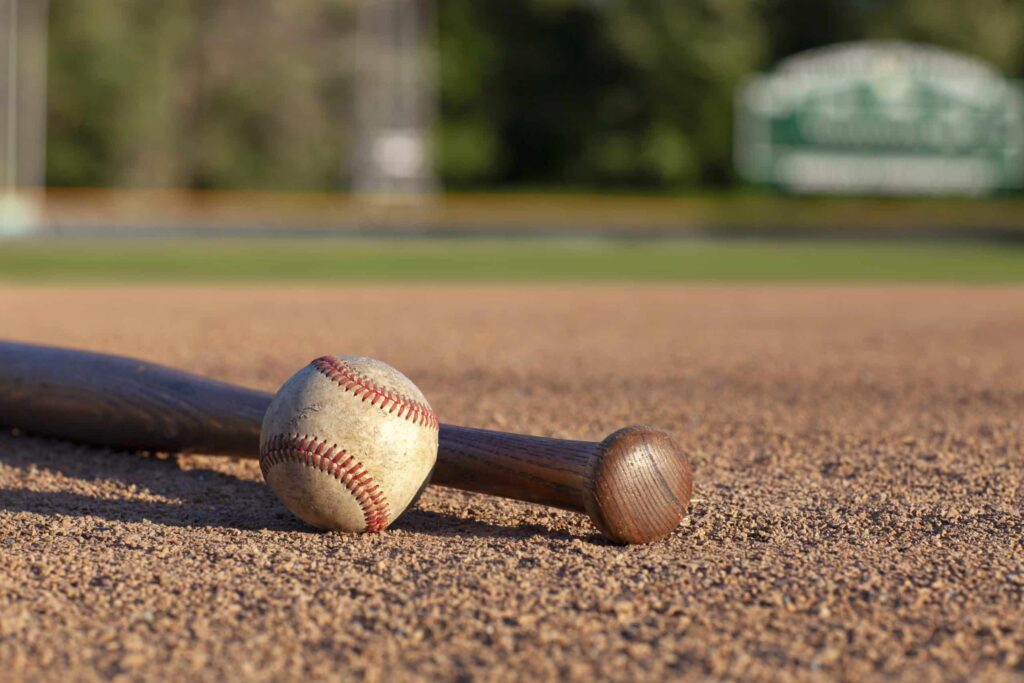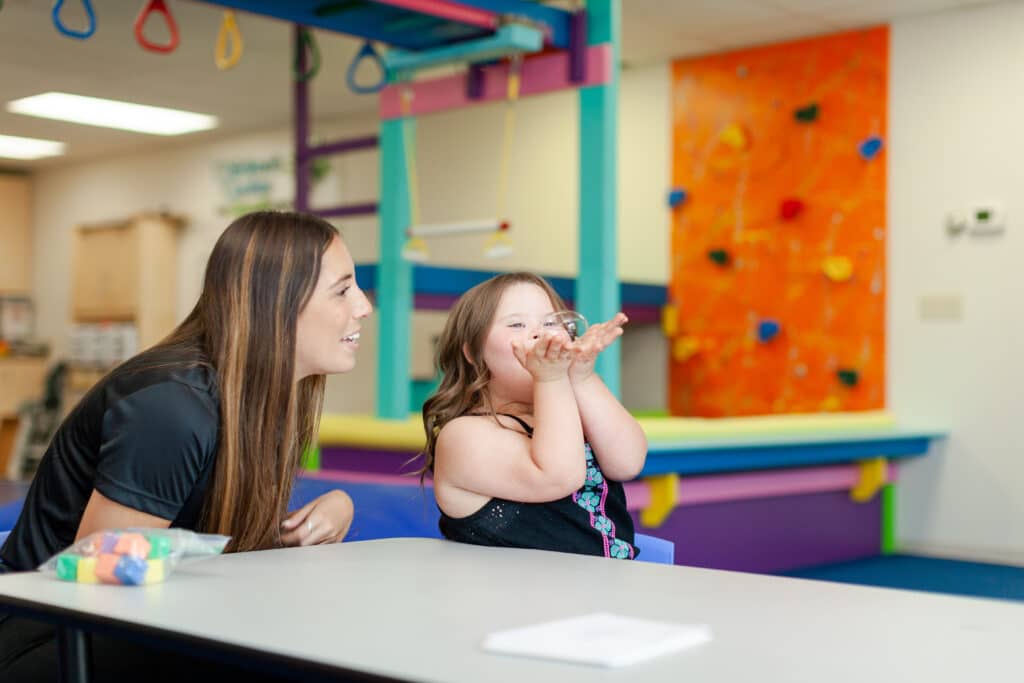This content was updated for accuracy and relevance on Jan 27, 2025
Baseball season is starting back up, and as America’s favorite pastime, it’s very likely you are gearing up for another long season. With long seasons come plenty of opportunities for injuries, and baseball is not new to sports injuries. Every baseball player should be aware of the various common baseball injuries that can occur as a result of overuse, inadequate training, and poor recovery and rest techniques.
What are the most common baseball injuries?
Baseball is a sport that demands strength, precision, and endurance, but it also comes with a high risk of injury. From the intense throwing motions of pitchers to the quick, reactive movements required on the field, players are constantly putting stress on their bodies. While any part of the body can sustain an injury, the repetitive nature of baseball makes certain areas particularly vulnerable, particularly the shoulders and elbows.
Rotator Cuff Tears
These are common injuries for baseball players at any position but are most common in baseball pitchers due to the high velocity and repetitiveness of practicing different pitches. Known as an overuse injury, rotator cuff tears develop over a period of time. In a rotator cuff tear, players typically report pain at the back or top of the shoulder, typically at the “cocking phase” or “deceleration/follow-through phase.”
Labral Tears
Think of the labrum as a structure that helps keep the shoulder socket tight, kind of like an O-ring on a valve creating a suction seal. When there is damage to this structure, it can cause shoulder pain, weakness, loss of power, or feelings of instability. Players typically experience deep pain in the shoulder at the “cocking phase.” A labral tear can be diagnosed by a physical therapist or by a sports medicine doctor. Depending on the player’s goals and extent of the injury, it may require orthopedic surgery, but in most cases can be managed by physical therapy and rest.
Biceps Tendinopathy
This is a fancy term for irritation and inflammation at the biceps tendon, which is located at the front of the shoulder. Oftentimes, pain in this region indicates that something else in the shoulder, whether it be the rotator cuff, the labrum, or instability in the shoulder, is the underlying problem. The biceps tendon is oftentimes compensating for that underlying injury and causing pain. You and your physical therapist can work together to pinpoint what the underlying problem may be and how to alleviate this pain and address this injury.
Shoulder Instability
This injury is common in baseball players due to the excessive rotation their arm is required to go through during a throw. This excessive range is what gives throwers the ability to throw fast and hard. However, this excessive range necessitates the athlete to be strong and stable throughout the entirety of this bigger range of motion. Inadequate training for this will lead to pain, weakness, loss of power, and loss of precision with throwing. Physical therapy may help the athlete by identifying what exercises should be incorporated into their training to ensure this good strength and stability, but sometimes, simply resting the shoulder is the best course of action.
Elbow Injuries
Another common injury from baseball is an elbow injury. The elbow joint can often brunt the force the athlete is generating as they throw. Elbow injuries such as ulnar collateral ligament (UCL) injuries, “little league elbow,” or elbow tendinopathies are common and present as pain in the elbow that worsens with throwing, typically experienced at the “acceleration phase.”
Rest is often prescribed for an elbow injury and identifying weaknesses or altered mechanics at other joints such as the shoulder, spine, or hips is often necessary to resolve this pain. If there is a tear at the UCL, surgery may be indicated with a procedure known as Tommy John Surgery.
Overuse Injuries
Overuse injuries develop gradually, often as a result of repetitive motions and insufficient recovery time—both of which are common in baseball. The high frequency of throwing, swinging, and other demanding activities places consistent strain on the body, particularly on vulnerable areas like the shoulder, elbow, and lower back. Without adequate rest and proper mechanics, this strain can accumulate over time, leading to significant pain or dysfunction.
Preventing overuse injuries starts with a balanced approach to training. Rest days are essential to allow the body to recover and prevent overload on any single area. Incorporating strength and conditioning routines helps build muscle endurance and flexibility, while a well-structured training schedule with recovery phases reduces the risk of fatigue and wear. By addressing these factors, players can minimize their chances of developing overuse injuries and maintain peak performance on the field.
How can baseball players prevent throwing injuries?
The key to any injury prevention program includes strength, endurance, and good mechanics of all joints and muscle groups.
For baseball, this centers mainly around the shoulder, but also includes the elbow, trunk, and knees. A physical therapist who is knowledgeable about baseball and who can take a complete inventory of the athlete to identify any altered mechanics that could be causing excessive force, tension, or pain at another region, is key to learning how to prevent throwing injuries.
Key components to preventing throwing injuries include:
- Warm-up and cool-down: Establish a routine to prepare muscles and joints before activity and aid recovery afterward.
- Adequate rest days: Give the body time to recover by adhering to rest periods and pitch count recommendations.
- Off-season maintenance: Take time off from competitive play to focus on improving mechanics and strengthening other body regions to support throwing motions.
- Proper throwing mechanics: Correct form reduces strain and ensures efficient force transfer. Key elements include:
- Shoulder and elbow alignment to minimize strain on the rotator cuff and elbow ligaments.
- Efficient movement and smooth follow-through to prevent excessive force on the arm and shoulder.
- Core engagement to transfer power from the legs and core, relieving stress on the arm.
- Regular assessments: Work with a coach or physical therapist familiar with baseball to evaluate and correct inefficiencies in mechanics. This is particularly valuable during the off-season, when players can address specific issues without game-day pressure.
How are baseball injuries treated?
The first step of treating any baseball injury is the quick and accurate identification of the underlying cause which can be done by a sports medicine doctor or your physical therapist. Once a better understanding of the injury is pinned down, an individualized rehabilitation plan can be established between you, your doctor, and your physical therapist. Oftentimes physical therapy is all that is needed.
Typical treatments may include:
- Rest
- Modifications to practices and games
- Mobility work
- Strengthening exercises for the shoulder, shoulder blades, rotator cuff, and core
- Massage, ice, or over-the-counter pain medications to address inflammation
- In most severe cases, surgery may be the choice of treatment which may include pre-habilitation and additional physical therapy post-surgery
See more on the benefits of physical therapy for athletes to determine if it’s right for you.
How can physical therapy help?
Addressing the pain or discomfort is important for treating any type of sports injury. Whether or not you’ve seen a doctor for your baseball injury, consulting your physical therapist and undergoing rehabilitation physical therapy is a great step to take in managing any sports injury and getting back on the field playing the sport you love. Your physical therapist will help you outline exactly what needs to be done in the short- and long-term. They have the skills and knowledge to directly help you with any of the treatments listed above, can help you navigate what can oftentimes be a very scary and unfamiliar experience of surgery and doctor’s visits, and help guide you through the rehabilitation and recovery process. Contact us to learn more today.
Article By: Anne Diaz-Arrastia, PT, DPT, OCS
Anne Diaz-Arrastia, PT, DPT, OCS began her physical therapy career 4 years ago. Anne loves working with the active sports population and believes in the importance of providing individualized care that is specific to the activity and sport her patients love. She currently specializes in sports, orthopedics, vestibular, and concussion management. Anne enjoys working with patients of all activity levels and ages to help them reach their goals of living life just the way they envision. She currently treats patients at The Training Room in Haddonfield, NJ.





